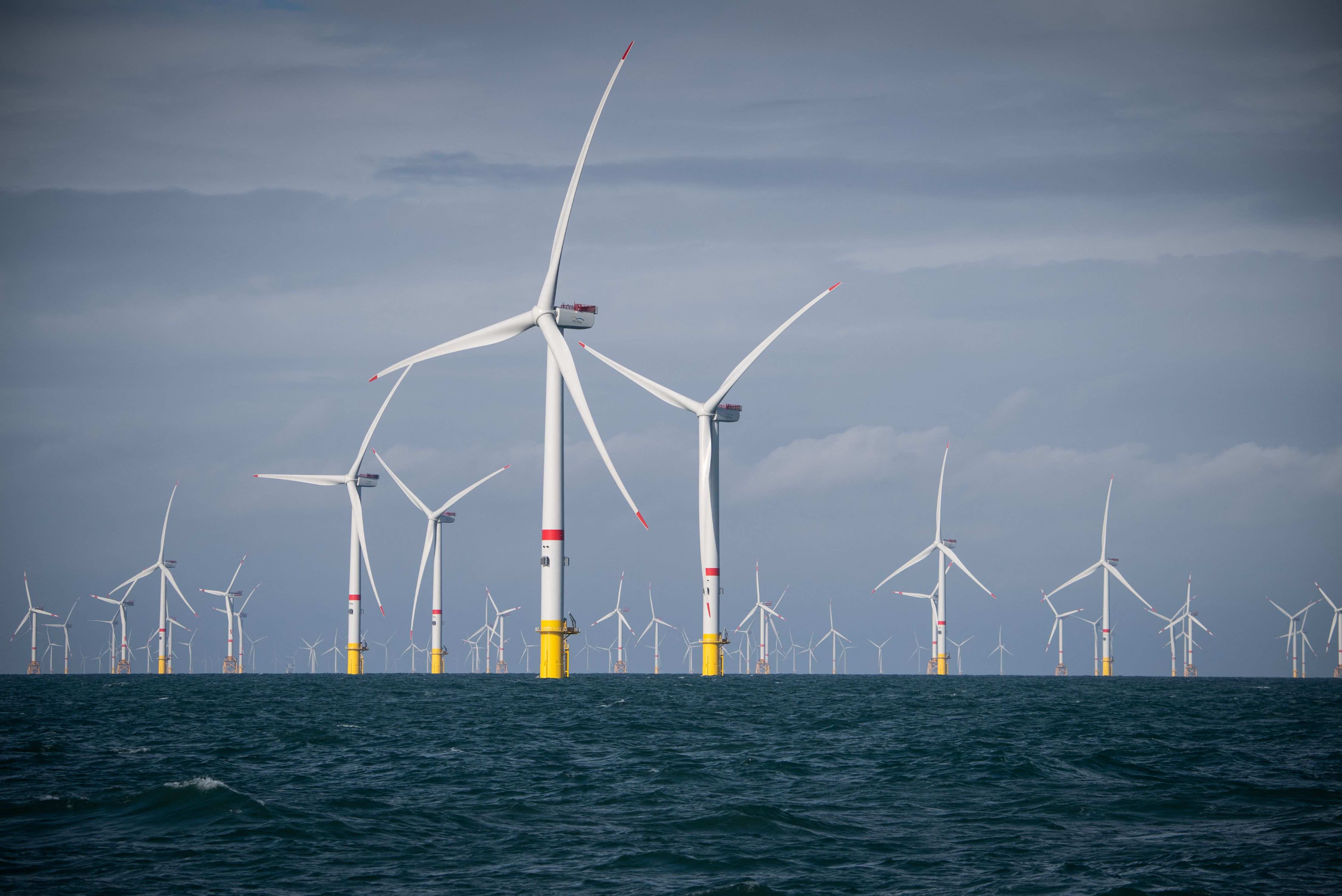Flanders’ carbon emissions need to fall much faster

New figures show carbon emissions are falling quickly in Flanders, yet the region is still not on target to meet its 2030 goals, De Standaard reports.
Emissions from buildings, transport, agriculture and small industry in Flanders were almost 10 percent lower in 2021 than in 2005, according to new figures from the Flemish Environment Agency. Energy minister Zuhal Demir (N-VA) points out that when she took office in 2019, emissions were down only 4 percent from 2005.
The emissions produced by buildings and transport in particular are falling, but much more needs to be done to meet the CO2 target the Flemish government has set itself: a 40 percent decrease from 2005 levels by 2030. In the two years from 2019 to 2021, carbon emissions fell by 1.5 megatons of CO2-equivalent. To reach the 2030 target, emissions would have to be cut by double that amount.
A clearer picture
There is also doubt about how representative the latest figures are: 2021 was a year when the economy was recovering somewhat from the pandemic, but at the same time there were still many constraints. This has an impact on the figures.
The results of 2022, when climate measures introduced at the end of 2021 started to take effect and the impact of Covid was reduced, should give a more representative picture. Provisional data for road traffic indicates that the number of kilometres driven will continue to rise and reach almost the same level as in 2019. The Ukraine crisis, which has led many people to use energy more sparingly because of the impact on gas prices, affects the figures in the opposite direction.
#FlandersNewsService | © PHOTO ERIC FEFERBERG / AFP